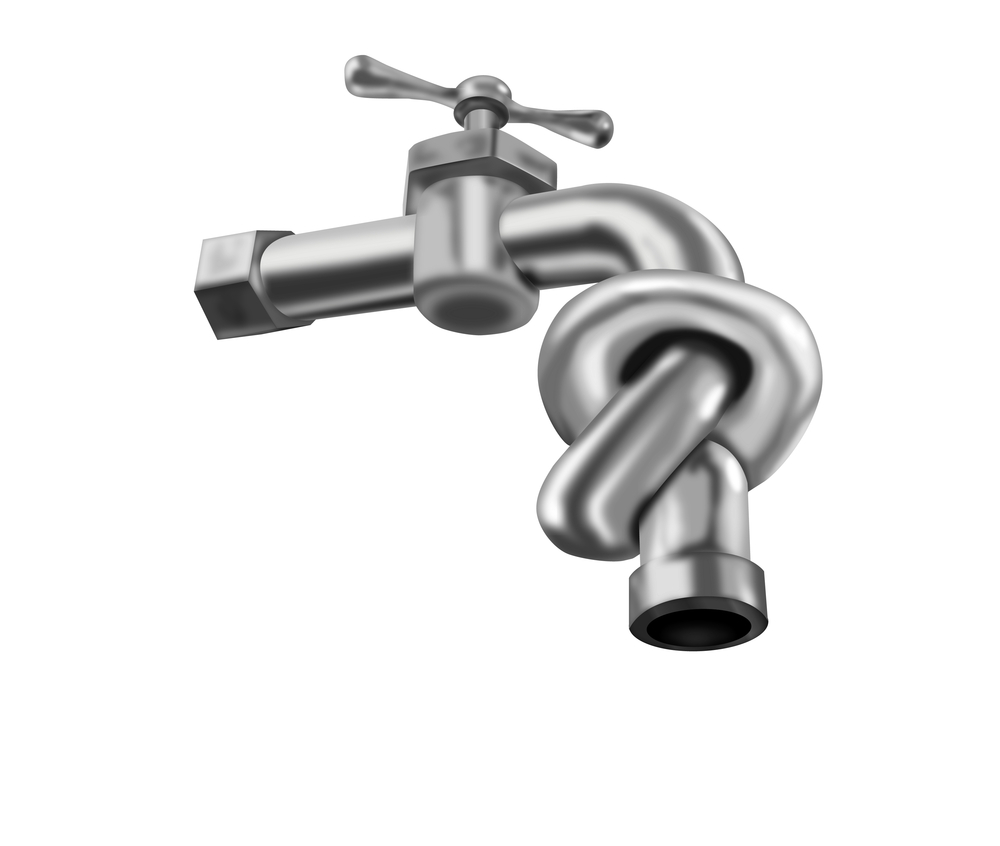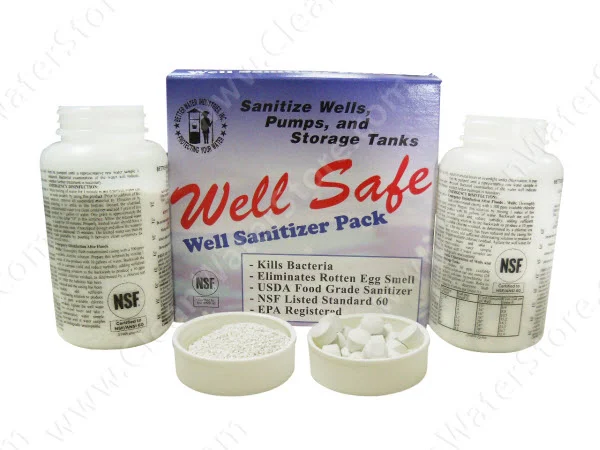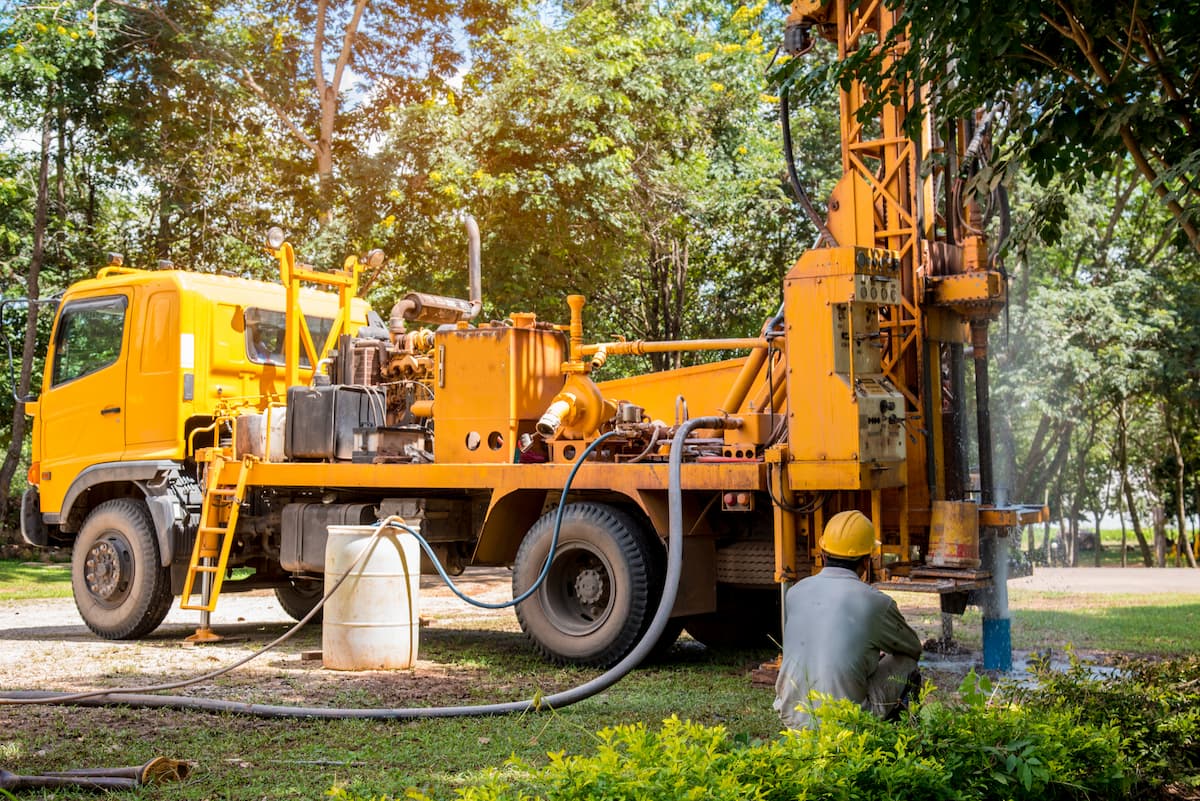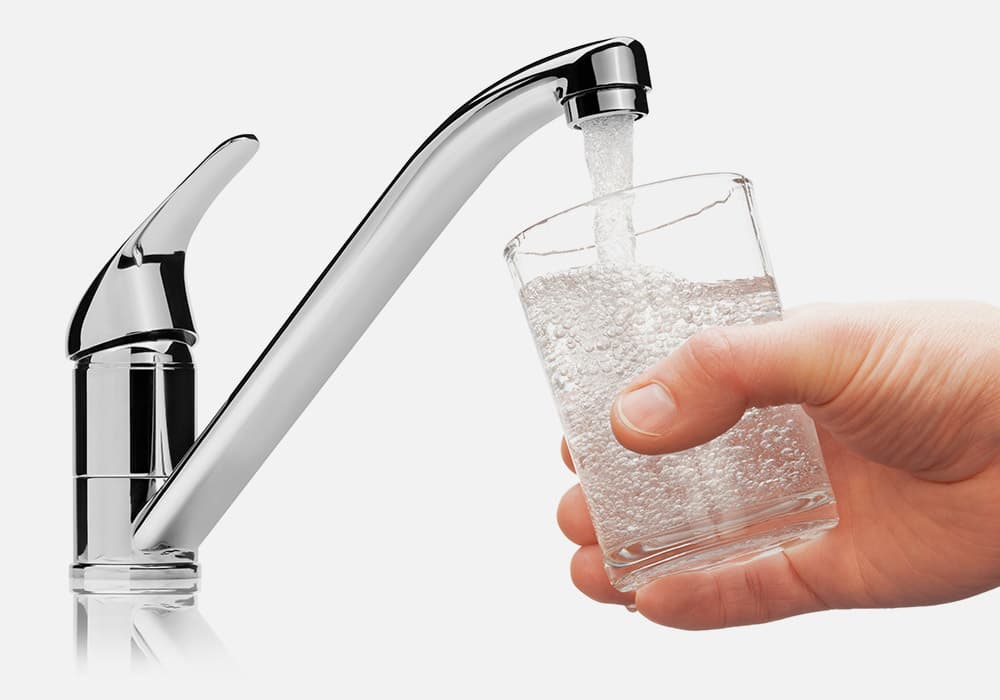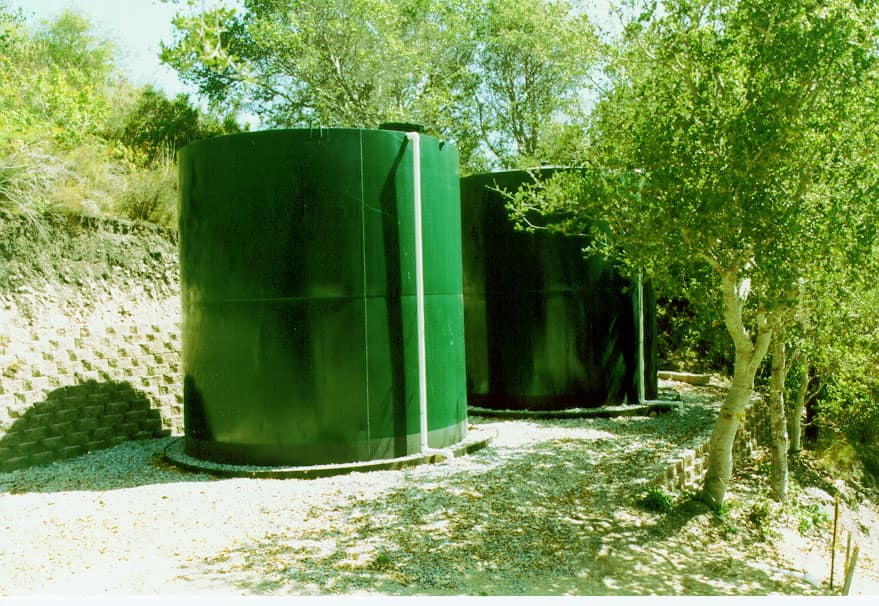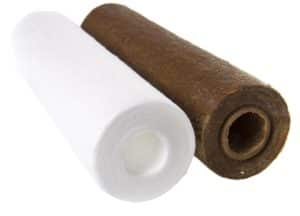5 Ways to Preserve Your Pipes in Sub-zero Temps
Chilling cold fronts are sweeping across the central and eastern United States this winter with record lows. Thick snow and heavy rain has coated many eastern cities this winter. Local water utilities have released warnings of the potential for problems associated with frozen pipes. Water left over in pipes and hoses can freeze if exposed to outside air.
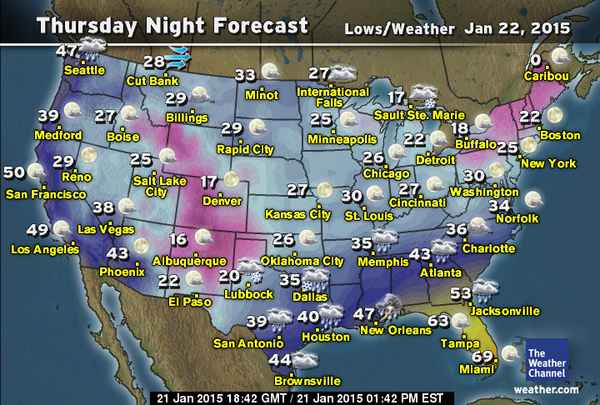
When water freezes, it expands. This expansion can cause miniscule cracks in household plumbing systems. Over time, these small cracks can release large amounts of water into your home, causing damage that can comes with hefty financial consequences. It is an issue that will save a lot of hassle if you know how to prevent it.
Here are some ways to preserve your pipes in freezing temperatures:
1. Insulate pipes exposed to the outdoors.
Pipe sleeves, heat tape, and styrofoam can be good extra layers for your pipes to keep air away from the pipe inside.
2. Keep the house heated.
Keeping your house heated, even if at low temperatures, will keep plumbing from freezing. Open cabinets beneath your kitchen and bathroom sinks to allow warmer air to circulate through pipe systems.
3. Leave a small, but constant, drip running from your faucet.
However counter-intuitive this piece of advice may be, a constant drip of water flowing through the pipes will prevent pockets of stagnant water in your pipe systems. Often, in cold climates, utility companies will absorb the costs of freeze prevention water usage. Ask at your local water agency for more information regarding this service.
4. Detach garden hoses from outdoor water faucets.
Water can build up in hoses and cause a chain reaction freeze all the way up into the faucet.
Heat lamps or space heaters can be a good way to heat drain lines to evaporate excess water trapped in the system in basements or crawl spaces.
Another precaution to take may be to ensure everyone in your household knows where the water shutoff valve is in your home. In the case of frozen pipe damage, anyone at home can immediately turn off the water flow to prevent further damage.
Sources for this post include: International Business Times and Water Online

